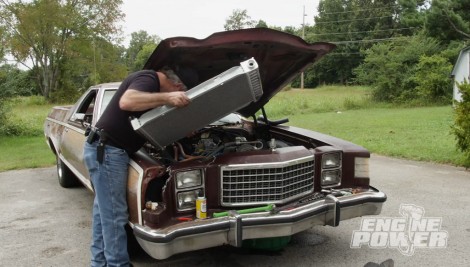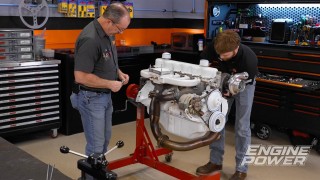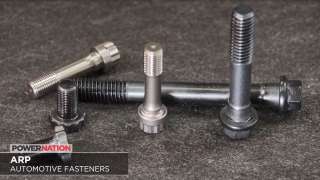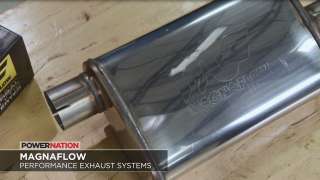
Ignition & Cooling Upgrades Gets This '79 Ford Ranchero Square Body Road Ready
We help one of our viewers get their automotive project back on track, on today’s Driveway Rescue.
Season 7
Episode 22
Hosts: Pat Topolinski
First Air Date: November 4, 2020
Duration: 21 minutes 35 seconds












































